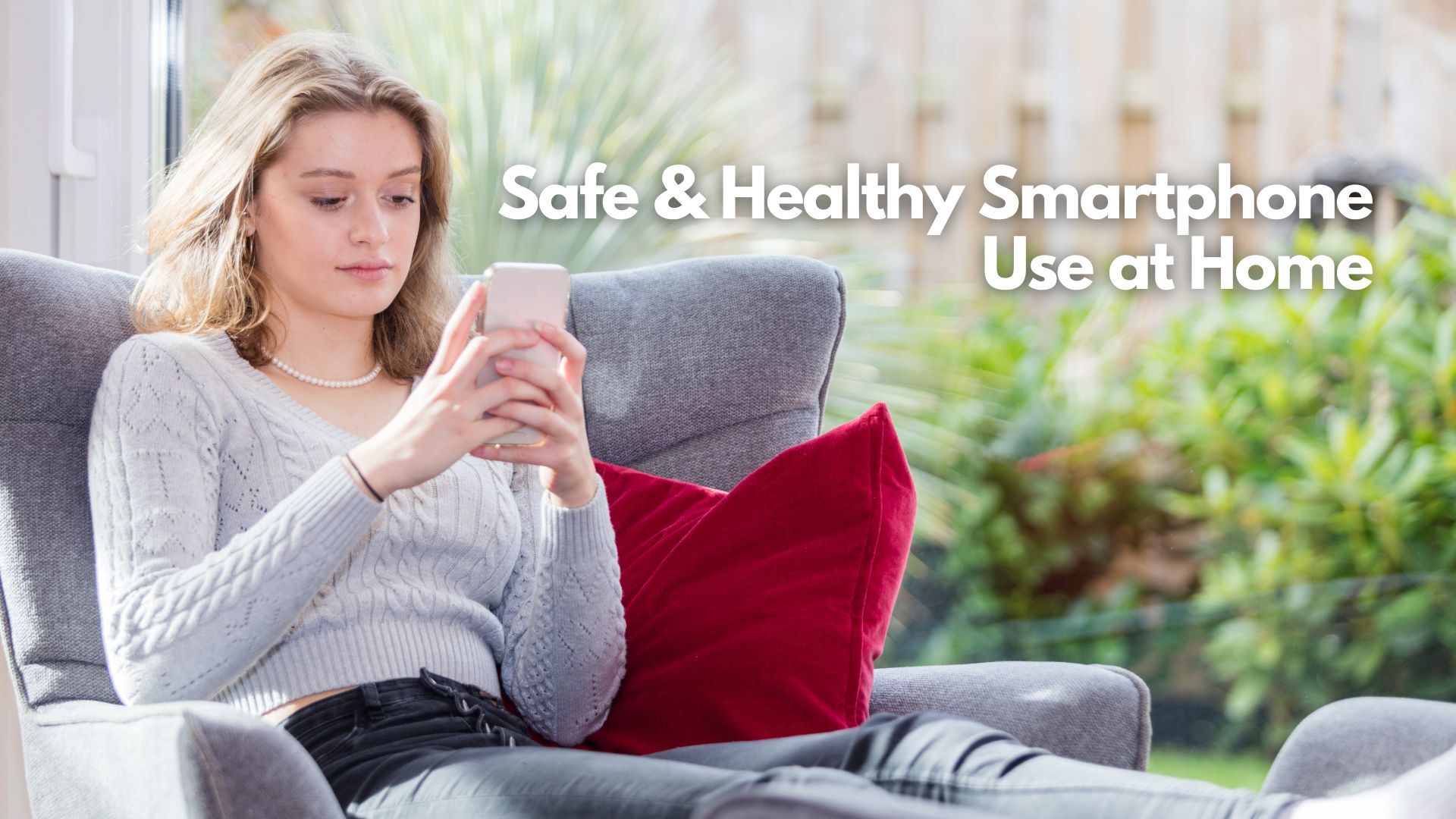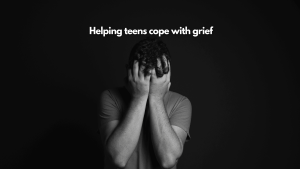Smartphones are powerful tools—but when given too early, they can disrupt family life, replace healthy activities, and expose kids to risks they may not be ready for.
In our recent Cyber Safety Cop webinar, Raising Digital Kids: Expert Strategies for Healthy Smartphone Habits and Australia’s New Cyber Safety Laws, digital safety expert Clayton Cranford sat down with Australian educator and researcher Mark Yeowell to share practical strategies every parent can use.
If you’re a Premium Member, you can now access the full webinar replay. If not, we encourage you to consider joining today—this is one of those essential conversations no parent should miss. Along with the replay, you’ll unlock a full library of expert tools and guidance to support your family’s digital and emotional well-being.
In the meantime, you can start putting these strategies into practice today. The Driver Model gives parents a clear framework to delay, restrict, and guide smartphone use—while staying connected and involved in their child’s digital world.
The Driver Model: Six Keys Every Parent Should Know
🚦 D – Delay
Wait until your child both needs a device and shows maturity to handle it. Smartphones should come later, with alternatives (like flip phones or smartwatches) used in the tween years if needed.
🛑 R – Restrict
Start with clear boundaries. Limit apps, set screen-time rules, and create tech-free spaces (no phones in bedrooms, bathrooms, or at the dinner table).
🤝 I – Involve
Be engaged. Ask questions, play their games, and show genuine curiosity about their digital life. Kids are more likely to share when parents stay involved.
👀 V – Visibility
Keep devices in shared spaces. Visibility reduces risks, encourages balance, and helps kids feel supported—not monitored.
📚 E – Educate
Be your child’s top influencer. Talk openly about tough topics like pornography, cyberbullying, or AI chatbots. If you don’t guide them, someone else online will.
🌟 R – Role Model
Your actions speak louder than your rules. Show healthy digital habits yourself—kids copy what they see more than what they’re told.
Why This Matters
Mark’s research revealed that parents’ biggest concern wasn’t predators or explicit content—it was time displacement. When kids spend hours online, reading, outdoor play, and face-to-face friendships get pushed aside.
Clayton added that smartphones often trigger what Mark calls “digital puberty”—a leap into independence that most kids (and parents) aren’t ready for. With empathy, boundaries, and proactive conversations, parents can help their children build digital resilience.
Practical Steps You Can Take Today
✔ Delay smartphones until high school when possible.
✔ Use family rules for tech-free times and zones.
✔ Consider starter devices like flip phones or monitored smartwatches.
✔ Frame your boundaries as “Not yet” instead of “No.”
✔ Lead with empathy—kids face enormous social and digital pressures.
Premium Members Get Full Access
When you join as a Premium Member, you unlock:
✔ Full replay of Raising Digital Kids webinar
✔ Our complete webinar library with leading parenting experts
✔ Parental control guides and app reviews
✔ A digital copy of Parenting in the Digital World
✔ Weekly parenting strategies, app alerts, and screen-time tips
Smartphones aren’t going away—but with the right guidance, your child can thrive in the digital world without losing the best parts of childhood.






